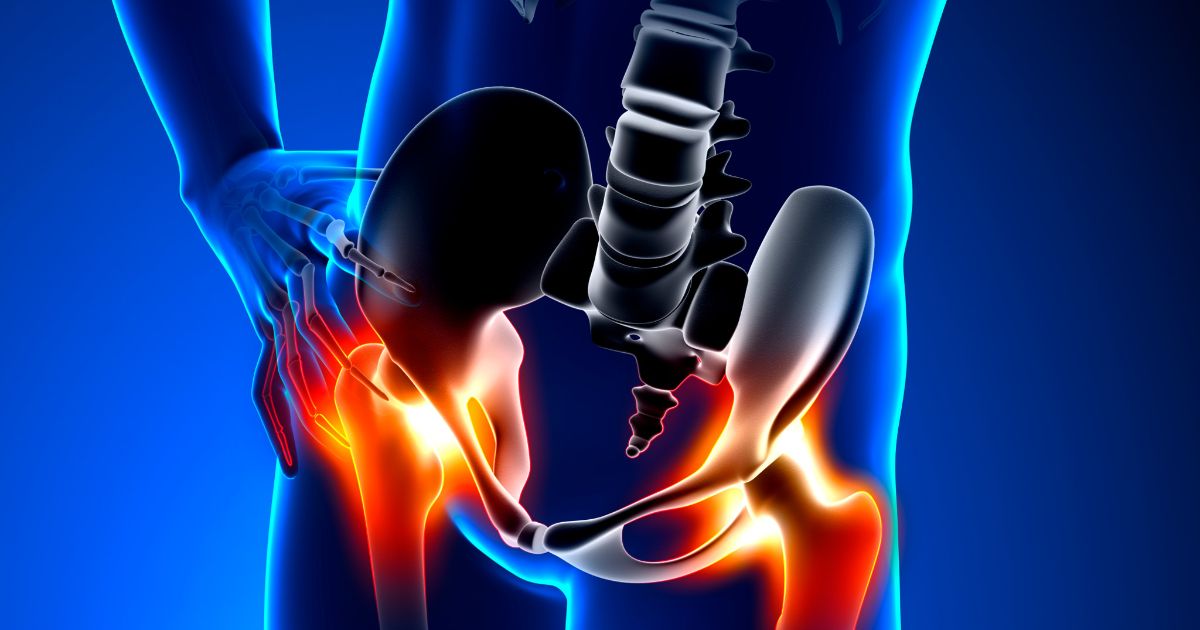What Causes Hip Impingement?
Hip impingement is when a factor hinders the joint from freely moving. At its earliest stages, it is not particularly painful; people can suffer from this condition at first without even knowing it. Symptoms include pain experienced in the groin after prolonged bouts of walking or sitting, the inability of the hip to be flexed beyond ninety degrees, groin pain with deep rotation or flexion of the hip while activities are being performed by athletes, stiffness in the hip, groin, or thigh, and clicking or popping at the front of the hip. Pain can also spread through the buttocks and radiate throughout the thigh's side. This condition is also known as femoroacetabular impingement. Learn about the various causes of hip impingement now.
Pincer Impingement

Pincer impingement involves frequent and repeated contact between the femoral neck and the acetabular labrum (hip socket). The labrum is a piece of rubbery tissue called fibrocartilage that helps keep the joint's ball in its place. The femur is the leg bone that fits into the hip socket; its neck is the part below the ball of the thigh bone. This happens when the socket's front rim juts out too far, causing the part of the femur, or thigh bone, just below the bone's ball to bump into the socket's rim during standard hip flexing motion.
Uncover the next cause of hip impingement now.